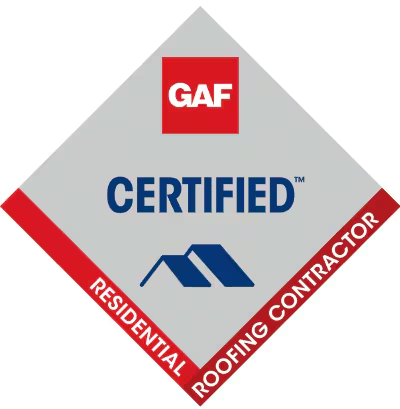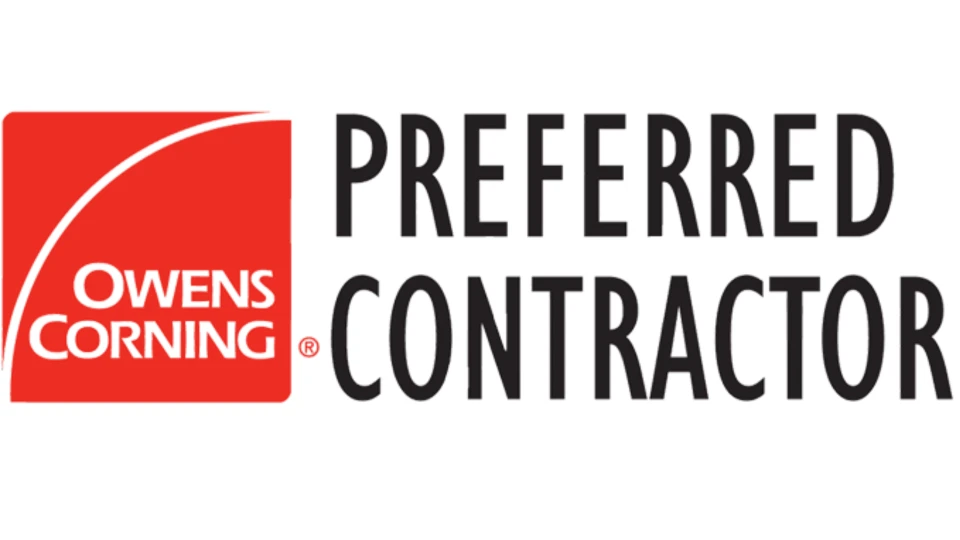When strong winds sweep through Dublin, even the toughest roofs can take a beating. Shingles may loosen, flashing can bend, and hidden leaks might start forming without warning. Acting quickly after a storm is key to preventing more damage and costly repairs down the road. If your roof has been hit hard, professional emergency roofing repair services can help restore safety and protection fast.
Signs Your Roof Needs Immediate Attention
After a windstorm, it’s not always easy to tell how much damage your roof has sustained. However, certain warning signs call for urgent inspection and repair.
1. Missing or Damaged Shingles
High winds can lift, crack, or completely remove shingles. When this happens, the underlayment and decking become exposed to water, which can lead to leaks and rot.
2. Water Stains on Ceilings or Walls
Dark spots or damp patches inside your home often mean water has already made its way through your roof. Even a small leak can spread quickly if left unchecked.
3. Loose or Bent Flashing
Flashing seals joints and edges around chimneys, vents, and skylights. Wind can loosen or bend these metal strips, creating gaps where water can enter.
4. Debris or Branches on the Roof
Fallen tree limbs or debris can crack shingles or puncture the roof surface. Always check for debris after a storm before it causes further damage.
If you notice any of these issues, contact local emergency roofing repair services right away. Quick action can prevent structural problems, mold growth, and interior water damage.
What to Do Immediately After a Windstorm
Taking the right steps after a storm helps minimize damage and ensures faster repairs.
1. Prioritize Safety
Avoid climbing on your roof to inspect damage yourself, especially when it’s wet or unstable. Instead, check the area from the ground using binoculars or a drone if available.
2. Document the Damage
Take clear photos and videos of all damaged areas inside and outside your home. This visual evidence helps your insurance company and roofing contractors assess the situation accurately.
3. Cover Leaks Temporarily
If you notice active leaks, use buckets or containers to collect water indoors and place tarps over visible roof damage if it’s safe to do so.
4. Contact Your Insurance Company
Report the storm damage as soon as possible. Many insurers will recommend contacting professional roofers to evaluate the extent of repairs needed.
5. Schedule Professional Inspection and Repair
Call a company that offers emergency roofing repair services to perform a full inspection. Professionals can identify both surface and hidden damage and recommend the most effective next steps.
How Professionals Handle Emergency Roof Repairs
Roofing experts follow a careful process to stabilize your home and prevent additional issues after severe weather.
Initial Inspection
Contractors start by examining the entire roof system, including shingles, flashing, gutters, and the attic, to determine the full extent of the damage.
Temporary Protection
If leaks are active or the structure is exposed, professionals apply temporary coverings such as tarps or sealants to prevent further water intrusion.
Permanent Repairs or Replacement
Once conditions are safe, damaged shingles or sections are replaced, flashing is re-secured, and weak areas are reinforced. If the roof has sustained major damage, a partial or full replacement may be recommended for long-term safety.
Final Check
After repairs, a detailed inspection ensures all issues have been resolved and the roof can withstand future weather conditions.
Bringing in experienced roofers guarantees the job is completed safely and efficiently, protecting your roof from future issues.
Preventing Future Wind Damage
While it’s impossible to control the weather, you can strengthen your roof’s resistance to future storms.
- Schedule Regular Inspections: Have your roof checked at least twice a year and after any major storm. Early detection prevents minor issues from escalating.
- Trim Overhanging Trees: Overhanging branches can snap in strong winds and strike the roof, causing damage.
- Secure Loose Shingles and Flashing: Proper sealing and fastening keep roofing materials in place during gusty conditions.
- Maintain Gutters and Downspouts: Clear gutters ensure water drains away from your roof and foundation properly.
Preventive maintenance from qualified roofing professionals helps your roof last longer and reduces the need for emergency roofing repair services in the future.
Related Articles:
- How Delaware Roofing Companies Manage Emergency Repairs
- Delaware Winter Roof Repair Tips for Emergency Situations
Restore Your Roof’s Strength After a Windstorm
Storm damage can feel overwhelming, but expert help ensures a fast, safe recovery. After a windstorm, a prompt roof inspection helps spot hidden issues, prevent leaks, and stop further damage. Skilled contractors can assess the impact, recommend the right repairs, and quickly restore your roof’s strength and protection.
If your roof has been damaged by high winds, contact BluSky Roofing for trusted emergency roofing repair services in Dublin. Our professionals work promptly to ensure your home is secure and stable again.




